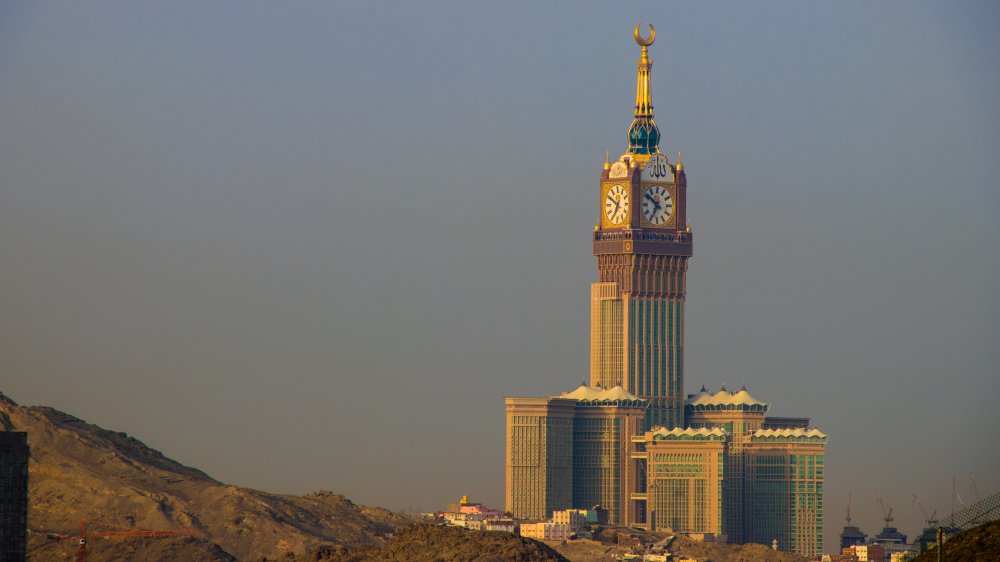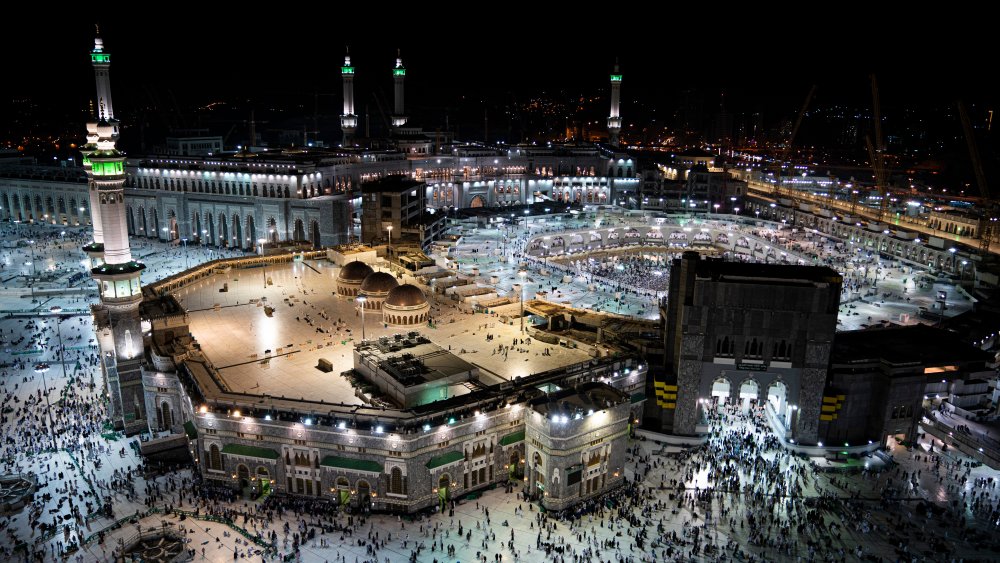The Most Expensive Building In The World
Humans have been trying to outdo and impress one another by building massive structures since the earliest days of civilization. We've improved our architectural knowledge and construction skills quite a bit since the great pyramids of Giza and Teotihuacan were built, and it seems like ever since the first skyscrapers started going up in the late 19th century the world has been engaged in a non-stop contest to see who can build bigger and better. Although money isn't everything, the expense put into a building does often translate to a heightened sense of luxury and prestige. So who is currently spending the most to win the battle of the buildings?
Countries like Singapore, with its Marina Bay Sands complex ($5.5 billion), and the United Arab Emirates, whose Emirate's Palace hotel in Abu Dhabi cost around $3 billion, have certainly made a good run of it. But neither takes the top spot for most money dropped on a single building. At the moment that title belongs to the Abraj Al Bait in the city of Mecca, Saudi Arabia, which cost a whopping $15 billion.
A new historic monument
The massive skyscraper, which is also referred to as the Makkah Royal Clock Tower, is currently the third tallest building in the world behind the Burj Khalifa in Dubai and the Shanghai Tower in China. However, it does hold the distinction as the tallest building with a clock face (sorry, Big Ben). Located within walking distance to the Masjid al-Haram mosque, one of the holiest places in Islam and the destination for Muslims taking their required pilgrimage, the tower functions as both a residential building and a hotel. There's also a museum dedicated to the the art of telling time in the massive clocktower.
The construction of the Abraj Al Bait was a worldwide controversy as the Saudi government not only leveled an 18th century Ottoman fortress, but also the hill it sat on, to make room for the massive modern structure. In a 2012 article for the Guardian, Oliver Wainwright contextualized the construction as part of the changing face of the city of Mecca, which has seen its historic sites and geography dramatically altered in favor of new construction.

